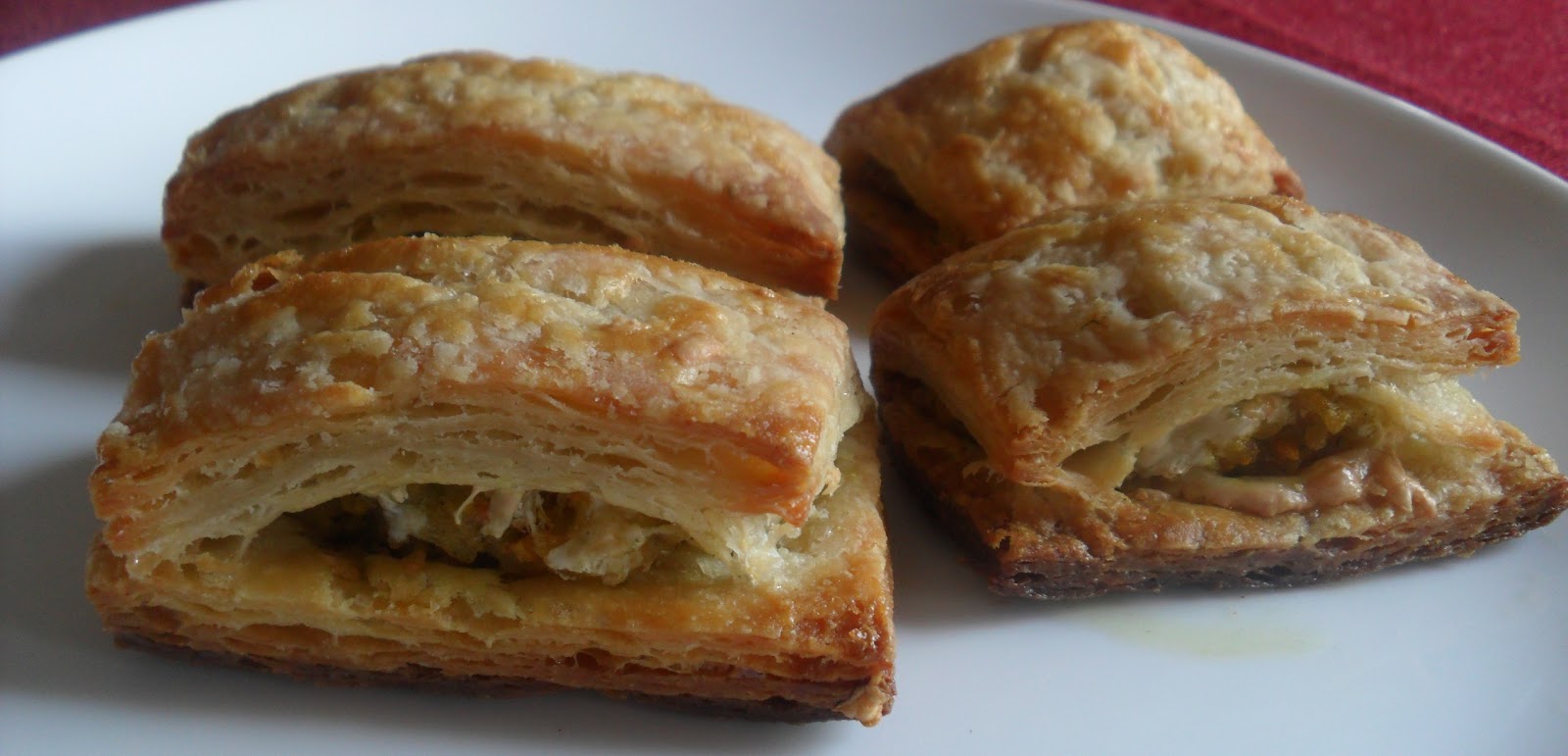PANEER MAKHANWALA
PANEER
MAKHANWALA
Cottage
cheese 300gms
Onions
100gms
Ginger
20gms
Garlic
10gms
Green
chilli 4nos
Red
chilli powder ½ tspn
Coriander
powder 1tspn
Tomatoes
½ kg
Garam
masala powder ½ tspn
Cashew-nuts 10nos
Dry
fenugreek leaves ¼ tspn
Butter
20gm
Salt
to taste
Oil
30ml
PREPARATION:
Peel
and fine chop onions. Blanch tomatoes for 20 seconds in boiling water. Remove
skin, half, scoop out pulp. Pass pulp through a strainer. Puree 80% tomatoes in
a blender and fine chop the rest. Keep aside. Boil cashew nuts for 5 minutes.
Keep aside 3 of them, make a paste using water in a blender. Peel onion and
garlic. Fine chop. Fine chop green chillies. Cut cottage cheese into ½ inch
cubes.
Heat
oil; sauté chopped onions till golden brown. Add in ginger, garlic and half of
chillies. Stir for a minute. Add red chilli powder, chopped tomatoes. Stir for
about 3 minutes. Add in tomato puree and salt. Stir & cook until fat
separates. Now add in cashew nut paste, 50ml water& cottage cheese. Simmer
5 minutes. Finish off by sprinkling fenugreek leaves, garam masala powder,
butter and remaing green chillies. Dish out, garnish with bolied cashew nuts
and serve with chappaties / naans.






















